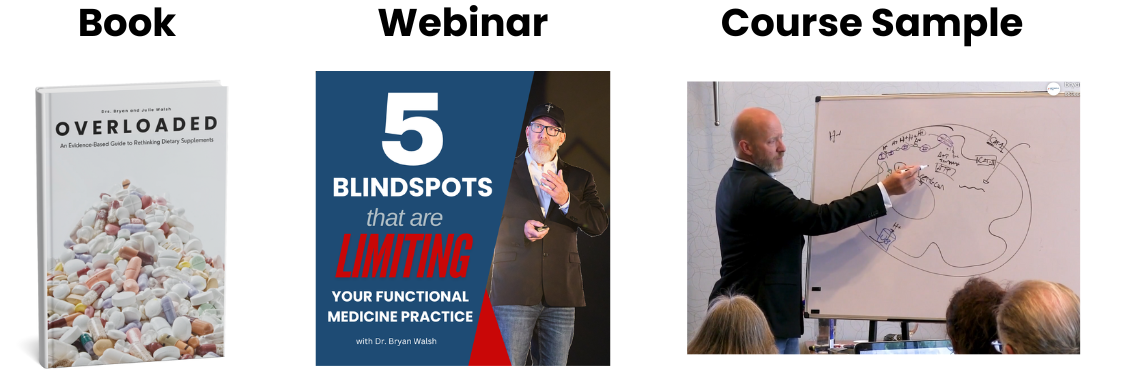Simply put, SIBO is an overgrowth of bacteria in the small intestines. By itself, this might be relatively insignificant, but higher amounts of bacteria, or certain types of bacteria, can contribute to significant health issues such as anemia, edema, polyneuropathy, and more. These are a result of issues with digestion and absorption of macro and micronutrients such as fat, protein, vitamins, and minerals.
SIBO is essentially caused by two different things – small intestine stasis, or a hospitable environment for bacterial overgrowth.
Stasis is, as the word sounds, static. Not moving.
One major cause of SIBO is when the contents of the small intestine doesn't move along as fast as it should. This leads to an overgrowth of bacteria in the small intestine.
The other major cause of SIBO is if the environment in the small intestine is hospitable for bacterial overgrowth. Lack of stomach acid or bile, immune deficiencies, or lack of pancreatic enzymes may all contribute to SIBO.
There are two ways of testing for SIBO. One is to take a sample of fluid from a portion of the small intestine, but this is invasive, only samples a portion of the small intestine, and requires specialized equipment.
The other is via a breath test, which is inexpensive, non-invasive, and due to that, is being run with more and more frequency.
The idea behind breath testing for SIBO is simple – consumption of certain types of carbohydrates (glucose, lactulose, or fructose) can be metabolized by certain bacteria and turned into the gasses of hydrogen or methane. These gasses leave the intestines, circulate through the bloodstream, and are exhaled, which can then be captured. An increase of hydrogen and methane gasses after the consumption of certain carbohydrates is supposedly evidence of SIBO. But this is where problems really begin.
As was stated earlier, certain carbohydrates are used in SIBO breath testing – lactulose, glucose, or fructose. None of them are perfect, and one of them in particular – the most commonly used one – is an abysmal test for SIBO.
Relatively speaking, compared to our small intestine, the large intestine is
teeming with bacteria. Like, it’s not even a contest. Therefore, if a test carbohydrate – like lactulose – gets to the large intestine too quickly, excess gasses will be produced and it will appear as though someone has a positive SIBO breath test. This is called a false positive – the test indicated that someone has SIBO, when in fact they didn’t.
Here’s the thing – lactulose increases transit time through the small intestine. Yes, you read that correctly. Lactulose increases the likelihood that it will reach the large intestine too quickly, greatly increasing the amount of hydrogen and methane levels, making it look like someone has SIBO when they might not.
It is so bad that in research studies, 35 to 50% of healthy people without SIBO, test positive for SIBO when the lactulose breath test is used. Not only that, in studies using IBS patients and healthy controls, the results of the breath tests in both groups look identical to each other.
No wonder some researchers say that the lactulose breath test should not only be discarded but any research that used it shouldn’t even be considered as research.
Unfortunately, the glucose breath test, while better, also has flaws and isn’t as accurate for SIBO as many practitioners would like to believe.
The smartest way to test for SIBO is to:
Use the glucose breath test,
Only on people who are candidates for the test (gas and bloating does not make a candidate), and
Run an orocecal transit time test (scintigraphy) to identify false positives
If SIBO breath tests are run any other way, the chances of false positives are very high, leading to droves of people thinking they have SIBO when in fact they don’t.
Get this fundamental information for your patients so you know specifically who to run a SIBO test on, how to interpret it, and how to avoid the pitfalls of this test and interpretation.
Anyone can run a SIBO breath test, but only a handful know how and when to run one, which test to run, and how to interpret it properly, including what factors can lead to a false test.

